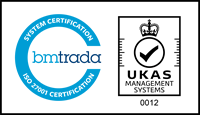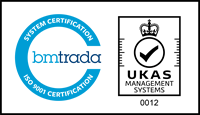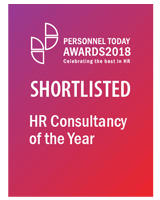In an HR department it’s very easy to get caught up in the details and the daily tasks required to manage the work force of an organisation. After all, the devil is in the detail, and a simple mistake on the payroll will hit the bottom line.
This often means that a good HR Department become ‘truffle-hunters’ with their nose to the ground, working on details and individual cases. However, a great HR department should be able to take themselves out of the detail, and become a ‘parachutist’ to see the overall picture – it’s from this view that they can develop strategy to decide which steps to take in the future:
-
Look at the business strategy. Are your HR priorities and activities working to deliver the strategy? Ensure you are aware of any changes in the business’ priorities, so you know whether they fit with what you’re doing in HR.
-
Make sure you keep up to date with legal and regulatory changes so that your HR policies are in line with legislation and you aren’t caught off guard.
-
Think about what is going on in the economy, other businesses and what cultural changes may be afoot in your industry. Can you spot any trends in the wider market that could put you ahead of the game?
-
Be aware of your company’s external profile. Keep in check with what people might be saying about your organisation on social media. For example on websites like Glassdoor.com, people could be talking about what it is like to work for your company – are they saying the things you want other people to hear?
-
Listen to your employees. Encourage them to speak up about any issues they might be facing and translate this into your HR priorities. By listening more to your employees you can ensure that your HR strategy is relevant.
-
Share internally, any updates you may be making to your HR or reward strategies, gaining valuable input from your colleagues and employees – if what you’re doing isn’t known about or understood, it’s wasted.
-
Finally, continually review your reward strategy. Make your reward strategy a working document, keeping abreast of organisational, cultural, social and internal changes.
As a parachutist you can see the whole picture, how the business works together, and the value of all the separate parts of the organisation. From this stance the HR department should be able to lead change.
However, this is not to say that we all should be parachutists, we still need people working away on the details and the process, counting the truffles in the store, but a great HR department should have the complement of both.











